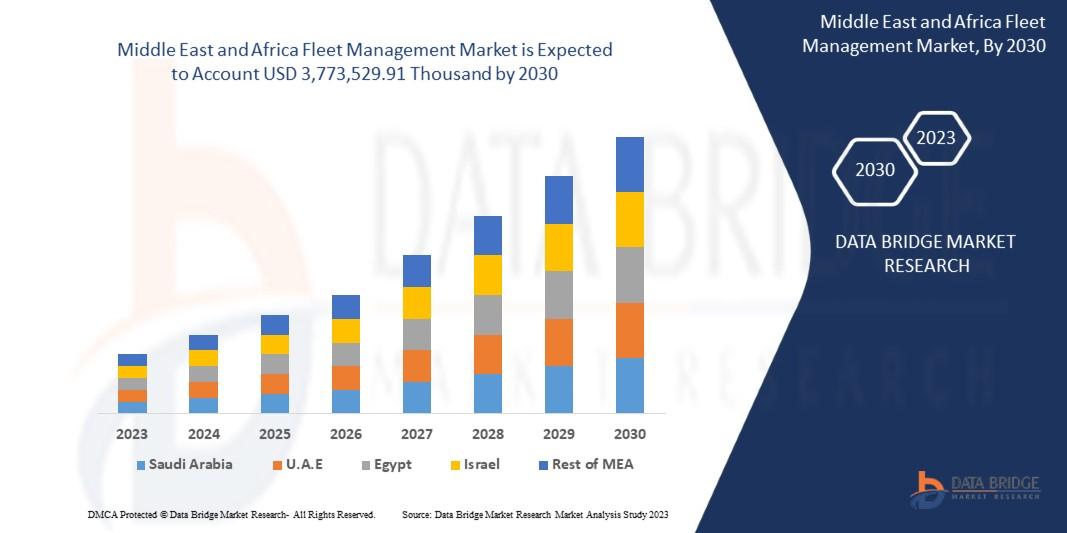Mobile-First Strategies in Trading Platform Development

In today’s digital economy, the financial trading landscape has been transformed by mobile technology. Traders no longer rely solely on desktop terminals; instead, they expect seamless, real-time access to trading platforms from their smartphones. This shift makes mobile-first strategies in trading platform software development not just a preference but a necessity.
A mobile-first approach ensures that the design, features, and functionalities of trading platforms are optimized for smaller screens and faster performance while still scaling up efficiently to larger devices. Let’s explore how mobile-first strategies shape the future of trading, what core principles drive them, and why they are critical in building successful platforms.
The Rise of Mobile Trading
The increasing adoption of mobile devices has fundamentally changed user behavior across industries. In financial trading:
-
Accessibility: Mobile devices allow traders to monitor markets, execute trades, and manage portfolios on the go.
-
Speed: Real-time updates and notifications are crucial for high-frequency or short-term trading strategies.
-
Engagement: Traders stay more engaged when they can interact with platforms directly from their pockets.
Reports suggest that more than 70% of retail traders worldwide prefer mobile apps for trading over desktop platforms. This data highlights why development teams must adopt a mobile-first perspective.
Why Mobile-First Design Matters in Trading Platforms
Mobile-first strategies go beyond responsive design. They involve building the platform from the ground up for mobile use and then scaling it for desktop. In the context of trading platform software development, this mindset ensures:
-
Optimized Performance: Mobile-first apps prioritize speed, low latency, and smooth navigation—vital for traders where seconds can make a difference.
-
User-Centric Experience: Designing for small screens encourages developers to focus on essential features and intuitive design, reducing clutter.
-
Scalability: Platforms can expand features for desktop without sacrificing the simplicity that makes mobile apps effective.
-
Broader Reach: Mobile-first development accommodates global users in regions where smartphones are the primary digital device.
Core Elements of Mobile-First Strategies
When building a mobile-first trading platform, developers and product owners should focus on several critical aspects:
1. Intuitive User Interface (UI)
Mobile-first design demands simplicity. Charts, order execution buttons, and portfolio summaries should be displayed clearly, avoiding overwhelming layouts. Minimalist interfaces, gesture-based navigation, and adaptive menus help maintain ease of use.
2. Fast and Secure Transactions
Latency can ruin a trading experience. Mobile-first platforms prioritize real-time execution with minimal delay. Security is equally important, incorporating multi-factor authentication, biometric logins, and encrypted transactions.
3. Personalized Dashboards
Traders expect customization. Features such as customizable charts, watchlists, and real-time alerts ensure that each user interacts with the platform according to their preferences.
4. Seamless Notifications
Push notifications provide instant alerts on market movements, trade confirmations, and margin calls. A mobile-first platform uses smart notification systems that balance timeliness with user control.
5. Offline Functionality
Even when the internet connection drops, traders should still access limited features, like viewing cached data or pending orders. Offline readiness enhances trust in the platform.
The Role of Technology in Mobile-First Trading Platforms
Modern trading platforms integrate cutting-edge technologies to strengthen mobile-first design:
-
Cloud Infrastructure: Ensures global accessibility, scalability, and real-time synchronization across devices.
-
Generative AI: Used for predictive analytics, trading insights, and chat-based assistants to enhance decision-making. In fact, at fx31 labs, we also provide services like generative ai consultancy, which aligns with the growing trend of embedding intelligent solutions into trading ecosystems.
-
APIs: Enable seamless integration with financial data providers, payment systems, and regulatory compliance tools.
-
Cross-Platform Frameworks: Tools like Flutter or React Native allow faster development while maintaining performance across iOS and Android.
Mobile Security in Trading Platforms
Security is one of the biggest challenges in trading platform software development. With mobile devices prone to breaches, developers must employ:
-
Biometric Authentication (fingerprint, face recognition).
-
End-to-End Encryption for data transmission.
-
AI-Driven Fraud Detection to identify suspicious trading activity.
-
Compliance with Regulations like GDPR, PCI DSS, and local financial authority requirements.
A secure mobile-first trading platform builds credibility and user trust, both of which are essential for growth.
Mobile-First UX and Trader Psychology
Traders operate under high pressure, making usability critical. A mobile-first approach enhances trader psychology in several ways:
-
Reduced Cognitive Load: By presenting only essential data in simplified dashboards, users avoid feeling overwhelmed.
-
Quick Decision-Making: Optimized layouts and fast execution buttons help traders act on insights swiftly.
-
Confidence in the Platform: A secure, responsive mobile platform boosts confidence, encouraging more frequent engagement.
Challenges in Mobile-First Trading Platform Development
While mobile-first strategies are powerful, they come with challenges:
-
Performance Optimization: Mobile hardware varies widely, requiring extensive testing across devices.
-
Regulatory Compliance: Ensuring financial compliance within mobile interfaces can be complex.
-
Battery and Data Usage: Heavy trading apps can consume significant resources, which frustrates users.
-
Cross-Device Synchronization: Ensuring a seamless experience between mobile and desktop requires robust backend systems.
Addressing these issues is crucial for long-term platform success.
Case Study Approach: Lessons from Successful Platforms
Some of the world’s leading trading platforms have embraced mobile-first strategies. While they differ in features, they share common practices:
-
Clean, Responsive Design: Simple yet powerful interfaces that prioritize essential tools.
-
Real-Time Synchronization: Data consistency across devices without lag.
-
User-Centric Features: Custom alerts, one-click execution, and portfolio tracking.
These lessons highlight the universal appeal of mobile-first approaches in financial services.
The Future of Mobile-First Trading Platforms
The future lies in blending mobile-first principles with emerging technologies:
-
Generative AI-Powered Insights: Platforms will evolve to offer natural language-based trading assistance and strategy generation. Collaborations with experts in generative ai consultancy will play a vital role in shaping these advancements.
-
Wearable Integration: Smartwatches could soon allow micro-trading or notifications.
-
Voice Interfaces: Traders may execute orders using voice commands, enhancing accessibility.
-
Hyper-Personalization: Using AI-driven analytics, platforms will cater to individual trading styles.
The fusion of mobile-first strategies with these innovations ensures that trading platforms will remain relevant and competitive in an increasingly dynamic financial landscape.
Conclusion
The shift toward mobile-first strategies is redefining how trading platforms are built, experienced, and scaled. By prioritizing mobile usability, security, and personalization, developers can create platforms that meet the evolving expectations of traders.
At its core, trading platform software development is no longer about adding mobile compatibility—it’s about designing for mobile as the primary experience. With technologies like generative AI, cloud systems, and intuitive UI/UX design, trading platforms are poised to deliver unprecedented levels of efficiency, engagement, and trust.
In a world where financial markets move at lightning speed, mobile-first platforms empower traders to stay connected, informed, and competitive—anytime, anywhere.







